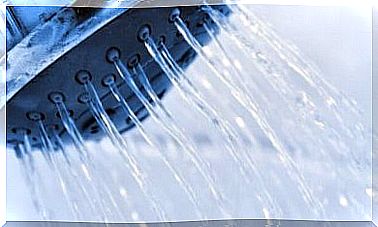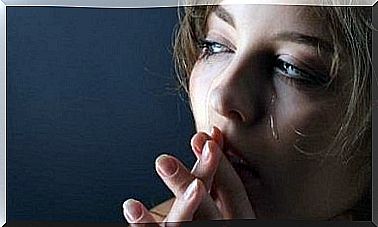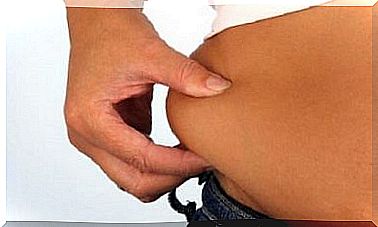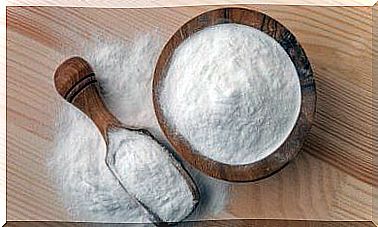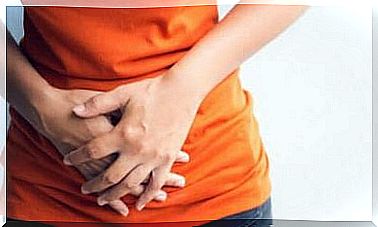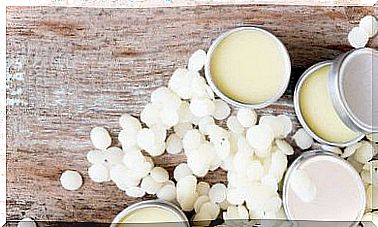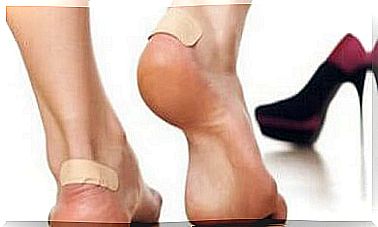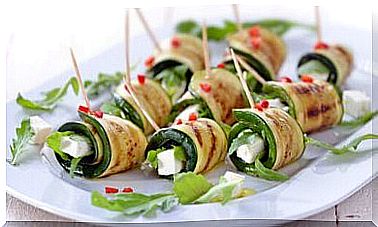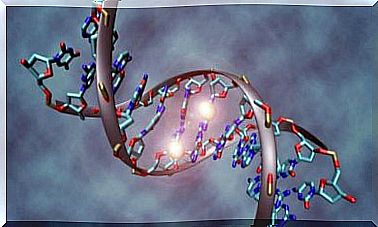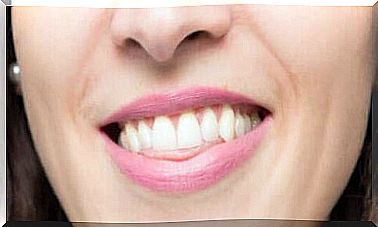Cleaning A House Without Chemicals In 5 Ways
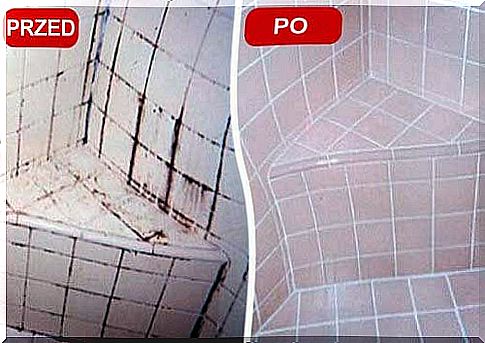
Cleaning your home with products of natural origin is not only effective, it also allows you to avoid risking your family’s health. In addition, you will be environmentally conscious and save money.
In recent years, the use of natural products that allow home cleaning has become much more popular, contributing to a noticeable decrease in sales of agents containing real cocktails of various types of aggressive chemical substances in stores.
But aside from being a common trend, cleaning your home with natural ingredients has become one of the most beneficial alternatives for your health as well as environmental care.
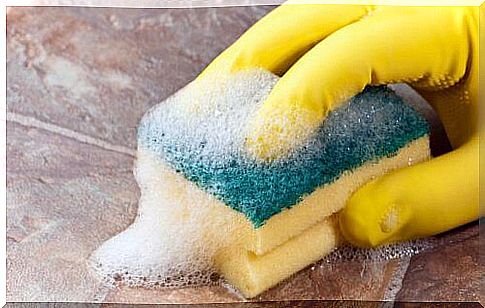
And although the companies producing this type of products deny the reports that they are harmful, more and more studies show that their use increases the risk of various types of diseases.
Chemical cleaning agents are also one of the main causes of increasing environmental pollution, and their residues being washed down the wastewater cause irreversible effects on the world of plants and animals.
Fortunately, cleaning your home can be done with several low-cost solutions that can be used as a substitute for cleaning products that contain harmful chemicals.
Today we are going to present you 5 interesting ways that will undoubtedly prove useful when you need to clean your home.
1. House cleaning – floors and kitchen countertops
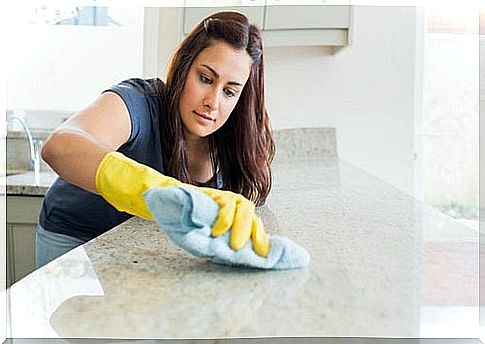
Kitchen floors and countertops usually accumulate large amounts of dirt and bacteria that can be harmful and even dangerous to your health.
To effectively clean these areas, combine the antibacterial properties of ingredients such as baking soda (or baking powder) and vinegar and other products, especially those that contribute effectively to whitening stains.
Ingredients
- 1/2 cup of white spirit vinegar (125 ml)
- 1/2 cup of water (125 ml)
- 2 tablespoons of baking soda (20 g)
- 1 teaspoon of pine oil (5 ml)
Usage method
- Add all ingredients to a clean bowl and mix thoroughly.
- When you get a homogeneous consistency, spray all the surfaces you intend to clean with this specificity, and then wipe it with a wet cloth, sponge or brush.
2. Bathroom and wall tiles
A shower cubicle or bathtub and bathroom tiles are very likely to collect mold and dirt on them, mainly due to frequent exposure to moisture, which promotes the growth of mold, fungus and other unwanted forms of contamination.
One of the simpler ways to disinfect the bathroom and achieve the effect of a virtually new room is to dilute a small amount of baking soda in hydrogen peroxide. Try this advice in your own bathroom!
Ingredients
- 1/4 cup of hydrogen peroxide (62 ml)
- 1/2 cup of baking soda (125 grams)
- 1 tablespoon of liquid soap
Usage method
- Dissolve all baking soda in hydrogen peroxide and add liquid soap to it.
- After all the ingredients have been thoroughly mixed, use a sponge to scrub all dirty surfaces, using as much of the prepared as you see fit.
- If you come across more stubborn dirt, just pour your new stuff over it and let it sit for 10 minutes.
- Then rinse everything with plenty of water, and you will see for yourself the effectiveness of the described mixture!
3. Windows
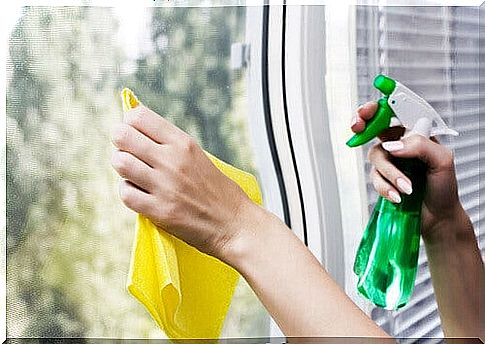
Window cleaners contain various chemicals that can cause severe allergic reactions from time to time. Cleaning the window with a little water and old newspaper is one of the easiest ways to replace these full of chemicals, glass cleaners.
However, if this method doesn’t work because your window turned out to be too dirty, you can also try the following recipe:
Ingredients
- 1 tablespoon of baking soda (or baking powder)
- 1/2 cup of water (100 ml)
- 1 container with a spray nozzle
Usage method
- Dissolve baking soda in half a glass of water, then pour it into a spray bottle.
- Spray the entire glass surface thoroughly with this mixture and then wipe the window dry with a soft cloth or a dry piece of newspaper.
4. Silver tableware
There are many different alternative methods on the market for cleaning stains and removing food residues from silverware.
If you need to, we recommend using lemon juice, which is one of the best ingredients for disinfecting, bleaching and removing grease from most surfaces.
Ingredients
- 3 tablespoons of hard, biodegradable soap (30 g)
- 3 liters of water
- 1/2 cup of white spirit vinegar (125 ml)
- 1 lemon
Usage method
- Grate 3 tablespoons of soap and dissolve it in 3 liters of water.
- Add half a cup of vinegar and lemon juice.
- Mix all ingredients thoroughly and use the resulting specifics to wash silver cutlery, as well as plates, pots and other dishes.
5. Fridge
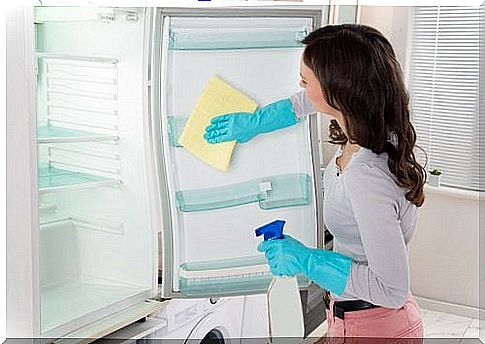
In order to avoid cross-contamination of products and unpleasant odors in the refrigerator, it is necessary to thoroughly clean, wash and clean it once in a while.
All you need to do to disinfect its interior and remove any dried-on food remains is to take advantage of some of the extremely valuable properties that baking soda can offer you.
Ingredients
- 2 tablespoons of baking soda (20 grams)
- 1/2 cup of water (125 ml)
Usage method
- Dissolve two tablespoons of baking soda in half a glass of water and use this mixture to thoroughly clean both the inside and outside of the refrigerator.
- Let it work by leaving it in the refrigerator for about 10 minutes, and then thoroughly washing it with a damp cloth.
- If you want to eliminate odors in the refrigerator, you may want to consider leaving a small amount of coffee grounds or a lemon slice inside the refrigerator.
All of the above-described ways to clean your home with natural methods are very healthy, have low costs and, as a result, can be a great support in the process of bringing the interior of your home to the proverbial shine.
Do you know any more tricks using natural products that can be used to clean your home? If so, we invite you to share them in the comments.
